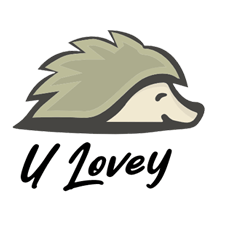
European Commission (EC) auditors criticized Ireland’s Department of Agriculture for “widespread and systematic” failure to ensure pet food producers met European Union standards, reported the Irish Independent. The EC called facility inspectors unreliable and accused them of approving dirty and unhygienic conditions that breached food safety regulations.
EC auditors observed “multiple non-compliances” at pet food and animal byproduct rendering plants, although departmental inspectors had reported none. For example, auditors found byproducts intended for pet food that included animal heads with plastic ear tags still attached in one rendering facility. Department of Agriculture inspectors had signed off on the same plant as compliant with EU regulations. Furthermore, department officials had given advance warning to facility managers prior to inspections.
“In practically every area,” the report said, “the inspection records were unreliable…“Overall, the system of official controls in this sector in Ireland is not fit for purpose.”
In some cases, Irish pet food facility operators hadn’t tested for salmonella or incorrectly interpreted results. These issues had also been overlooked by Department of Agriculture agents.
This wasn’t the first warning for some pet food and ingredient producers. A 2018 audit noted many of the same problems.
“Collectively, these findings undermine official assurances that operators involved in pet food production in Ireland comply with EU requirements,” auditors wrote in the report.
Pet food facility safety
Producing pet food safely requires a comprehensive approach, as many steps and stakeholders are involved in ensuring product compliance with safety standards. Ingredient suppliers, manufacturers and other parties must all work together to prevent contamination by harmful pathogens, emphasizing sanitation, proper facility layout, and adherence to production sequences.
Effective food safety plans involve proper employee training, precise manufacturing and sanitation protocols. These steps are crucial for ensuring quality and minimizing risks. Ongoing risk assessments are important, with safety compliance teams integrating efforts to meet national standards. Involving representatives from each department is vital, as human error remains a key challenge.
Communication, training and partnership audits are crucial, underscoring that a proactive approach is essential to pet food safety.




